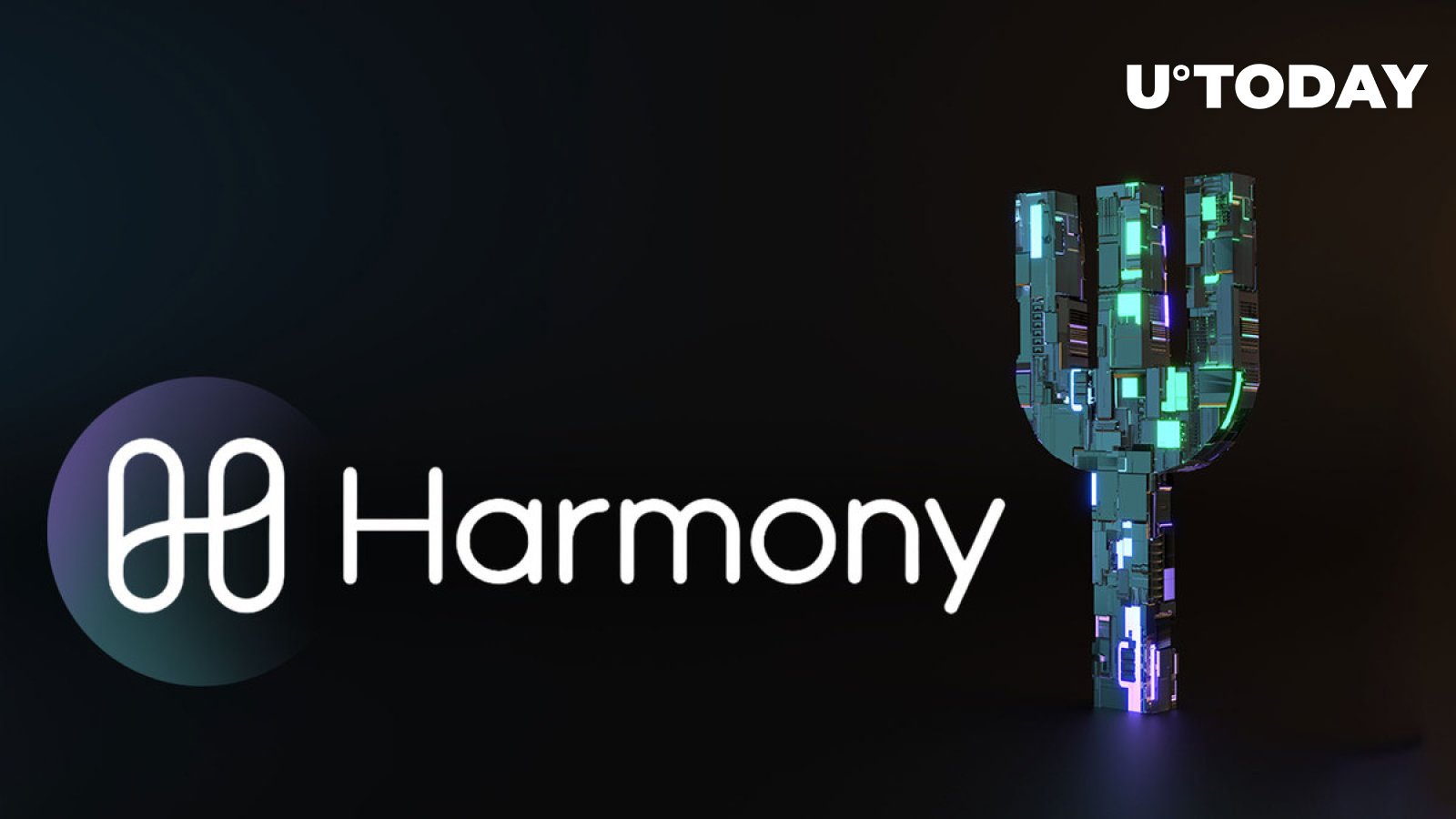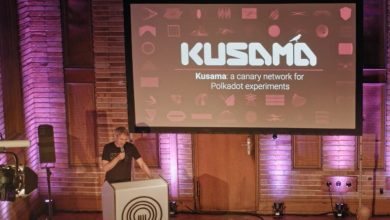Harmony (ONE): The Sharding-Based Blockchain

- Understanding Harmony (ONE) and its sharding technology
- Exploring the benefits of Harmony (ONE) blockchain for scalability
- How Harmony (ONE) is revolutionizing the blockchain industry with sharding
- A deep dive into the technical aspects of Harmony (ONE) sharding-based blockchain
- Comparing Harmony (ONE) with other sharding-based blockchains
- The future potential of Harmony (ONE) in the decentralized ecosystem
Understanding Harmony (ONE) and its sharding technology
Harmony (ONE) is a blockchain platform that utilizes sharding technology to improve scalability and efficiency. Sharding is a method of partitioning data to spread the workload across multiple nodes, allowing for parallel processing and faster transaction speeds. This innovative approach enables Harmony to achieve high throughput without compromising on security or decentralization.
By dividing the network into smaller segments called shards, Harmony can process transactions in parallel, significantly increasing the overall capacity of the blockchain. Each shard is responsible for processing a subset of transactions, which are then combined to form a complete block. This distributed approach not only enhances performance but also enhances the network’s resilience to attacks and failures.
One of the key benefits of Harmony’s sharding technology is its ability to scale linearly with the number of nodes in the network. As more nodes join the network, additional shards can be created to accommodate the increased transaction volume. This dynamic scaling mechanism ensures that Harmony can handle a growing number of users and transactions without experiencing congestion or delays.
Exploring the benefits of Harmony (ONE) blockchain for scalability
Exploring the advantages of Harmony (ONE) blockchain for scalability reveals its innovative approach to addressing the limitations of traditional blockchains. By implementing sharding technology, Harmony is able to significantly increase transaction throughput and reduce latency, making it a promising solution for applications requiring high performance. The use of sharding allows the network to divide the workload among multiple nodes, enabling parallel processing of transactions and improving overall efficiency.
How Harmony (ONE) is revolutionizing the blockchain industry with sharding
Harmony (ONE) is making waves in the blockchain industry with its innovative approach to scalability through sharding. Sharding is a technique that involves splitting the blockchain network into smaller sections called shards, allowing for parallel processing of transactions. This revolutionary method significantly improves the speed and efficiency of the blockchain, addressing one of the most significant challenges facing the industry.
By implementing sharding, Harmony (ONE) is able to achieve high transaction throughput, low latency, and minimal fees, making it an attractive option for developers and users alike. This scalability solution sets Harmony (ONE) apart from other blockchain platforms, positioning it as a leader in the space.
Furthermore, Harmony (ONE) has taken sharding to the next level by introducing cross-shard transactions, enabling seamless communication and interaction between different shards. This breakthrough enhances the overall user experience and opens up a world of possibilities for decentralized applications.
A deep dive into the technical aspects of Harmony (ONE) sharding-based blockchain
Harmony (ONE) is a blockchain platform that utilizes sharding technology to improve scalability and transaction speed. Sharding is a method of partitioning data to spread the workload across multiple nodes, allowing for parallel processing of transactions. This approach enables Harmony to achieve high throughput and low latency, making it an attractive option for decentralized applications.
One of the key technical aspects of Harmony’s sharding-based blockchain is its use of a secure and efficient consensus mechanism called Effective Proof-of-Stake (EPoS). EPoS combines the benefits of Proof-of-Stake (PoS) with randomness generation to ensure fair block production and validator selection. This consensus algorithm helps maintain network security while also promoting decentralization.
Another important feature of Harmony is its Adaptive Thresholded Proof-of-Stake (ATPoS) mechanism, which dynamically adjusts the threshold for staking based on network conditions. This helps prevent centralization of power among a few large validators and promotes a more distributed network. By continuously adapting the staking threshold, Harmony can maintain a healthy ecosystem of validators.
Furthermore, Harmony’s network architecture is designed to support cross-shard transactions, allowing users to interact seamlessly across different shards. This interoperability feature enhances the overall user experience and opens up new possibilities for decentralized applications. With Harmony’s sharding-based blockchain, developers can build scalable and efficient dApps that can handle a high volume of transactions without compromising on security.
Comparing Harmony (ONE) with other sharding-based blockchains
When comparing Harmony (ONE) with other sharding-based blockchains, it is essential to consider various factors that set it apart from its competitors. One of the key advantages of Harmony (ONE) is its innovative approach to sharding, which allows for high throughput and low latency in transaction processing. This means that Harmony (ONE) can handle a large number of transactions per second, making it ideal for applications that require fast and efficient processing.
Another important aspect to consider when comparing Harmony (ONE) with other sharding-based blockchains is its focus on security and decentralization. Harmony (ONE) uses a secure and robust consensus mechanism to ensure the integrity of the blockchain, making it resistant to attacks and manipulation. Additionally, Harmony (ONE) is designed to be highly decentralized, with a large number of nodes participating in the network to prevent centralization and promote fairness.
Furthermore, Harmony (ONE) stands out for its commitment to interoperability and scalability. By supporting cross-chain transactions and communication, Harmony (ONE) allows for seamless interaction with other blockchains and networks, enabling greater flexibility and efficiency in the use of decentralized applications. Additionally, Harmony (ONE) is designed to scale easily as the network grows, ensuring that it can continue to meet the demands of a rapidly expanding user base.
The future potential of Harmony (ONE) in the decentralized ecosystem
The future potential of Harmony (ONE) in the decentralized ecosystem is promising. As a sharding-based blockchain, Harmony offers scalability, security, and decentralization, making it an attractive option for developers and users alike. With its innovative approach to consensus mechanisms and network architecture, Harmony has the potential to revolutionize the way we think about blockchain technology.
One of the key advantages of Harmony is its ability to scale horizontally, allowing for increased transaction throughput without compromising on security. By dividing the network into smaller shards that can process transactions in parallel, Harmony is able to achieve high levels of scalability while maintaining decentralization.
Additionally, Harmony is designed to be interoperable with other blockchains, allowing for seamless integration with existing decentralized applications and protocols. This interoperability opens up a world of possibilities for developers, who can leverage Harmony‘s unique features to create innovative new solutions.
Overall, the future of Harmony (ONE) looks bright in the decentralized ecosystem. With its focus on scalability, security, and interoperability, Harmony is well-positioned to become a key player in the blockchain space in the years to come.



